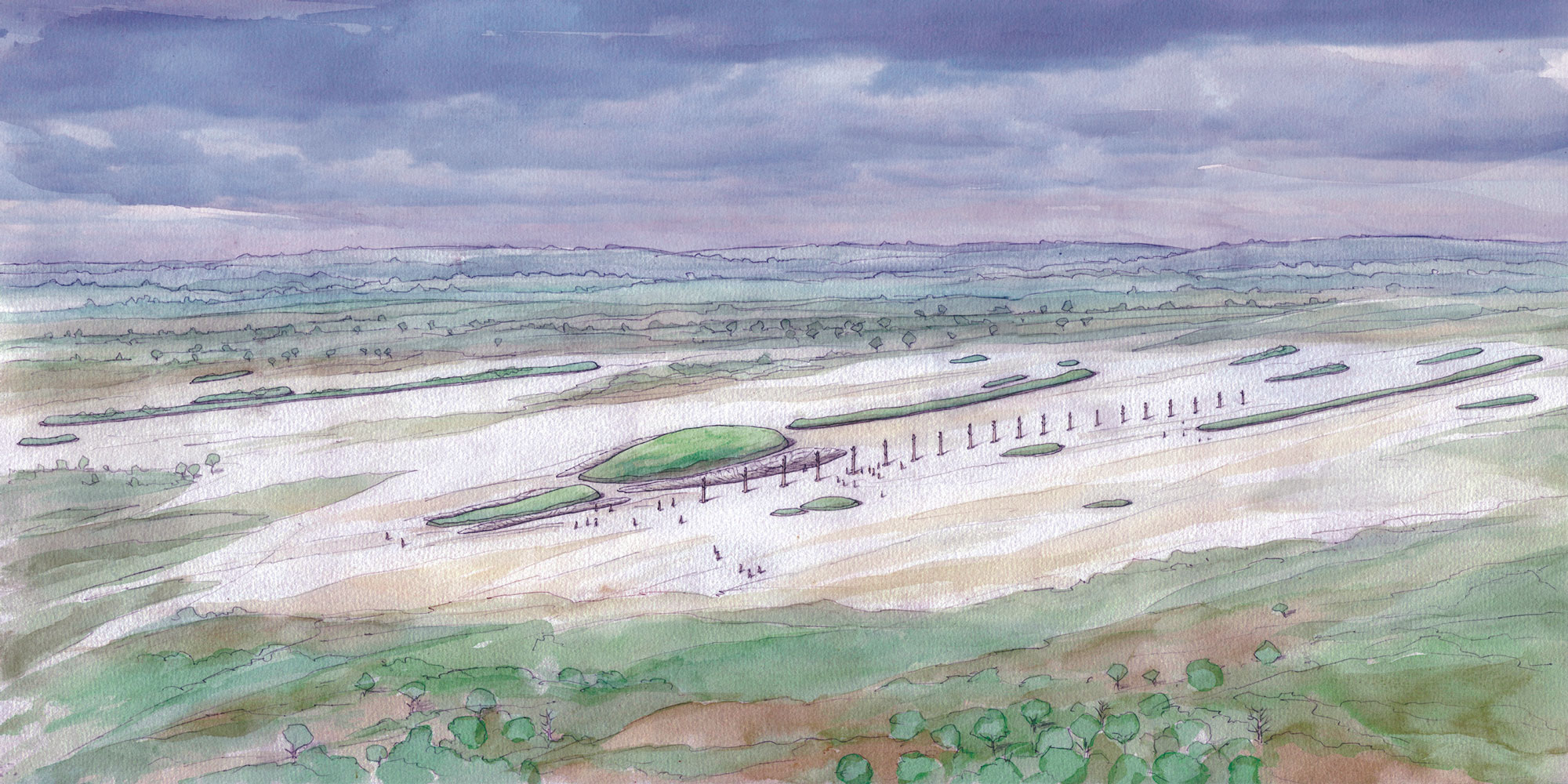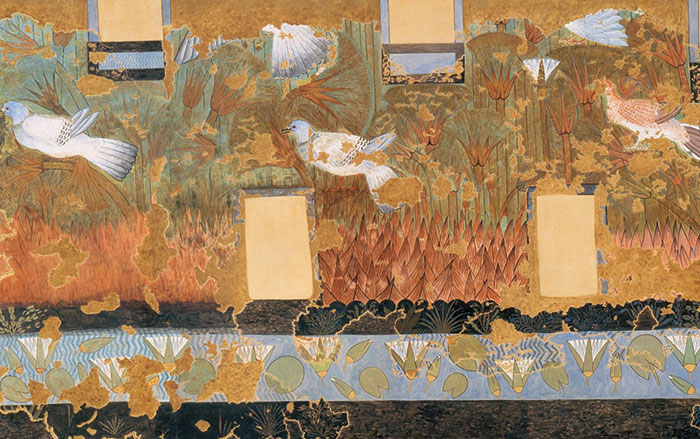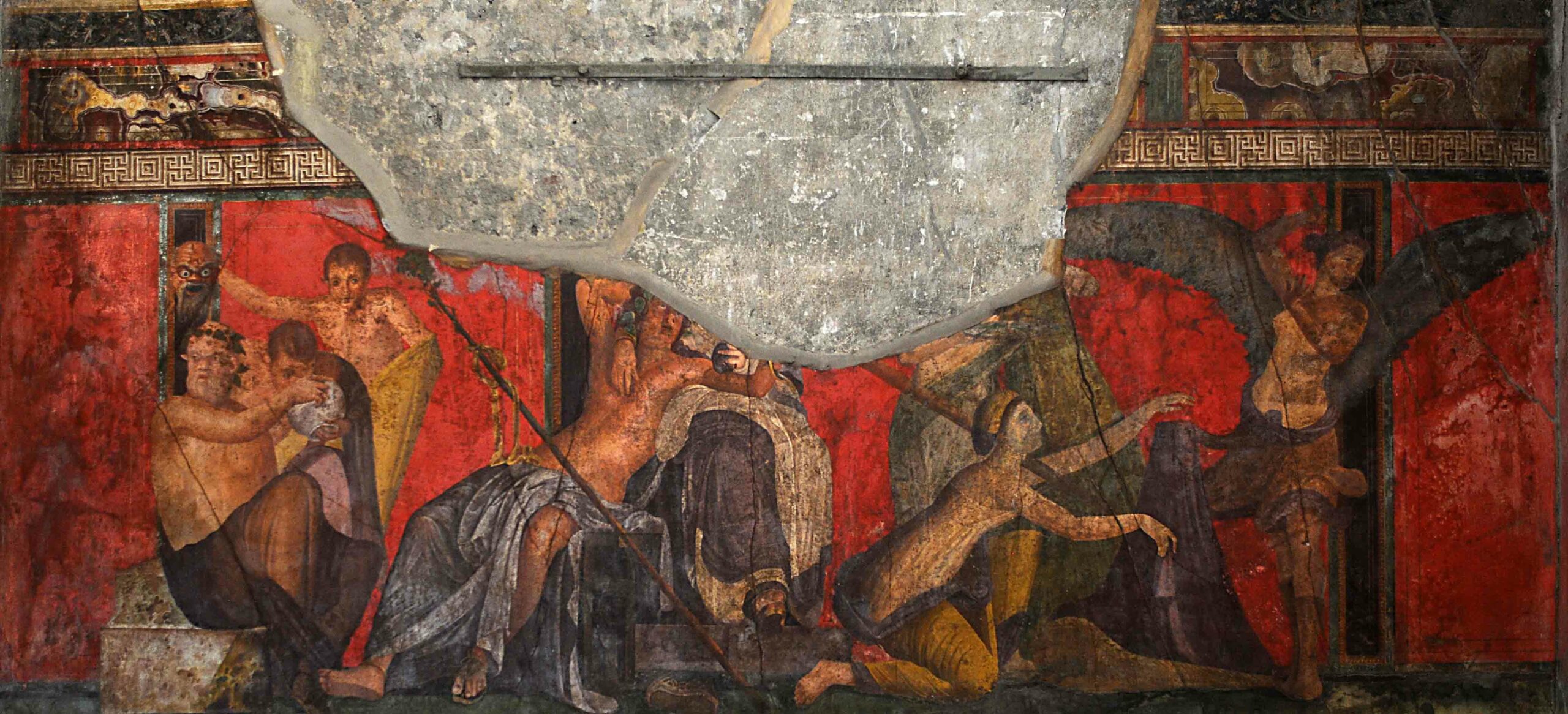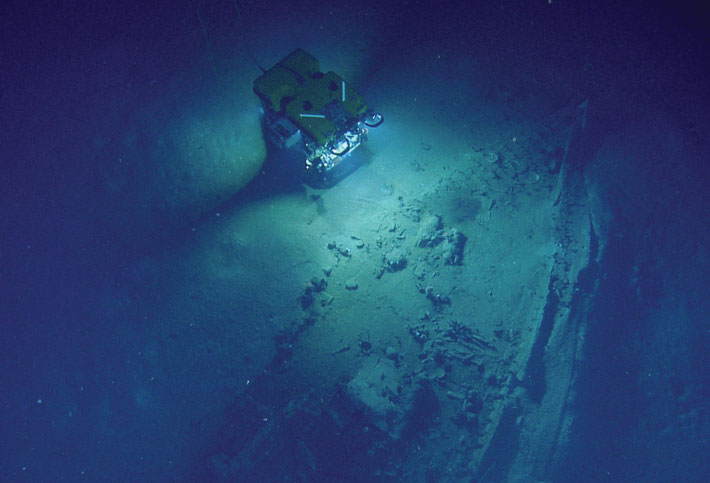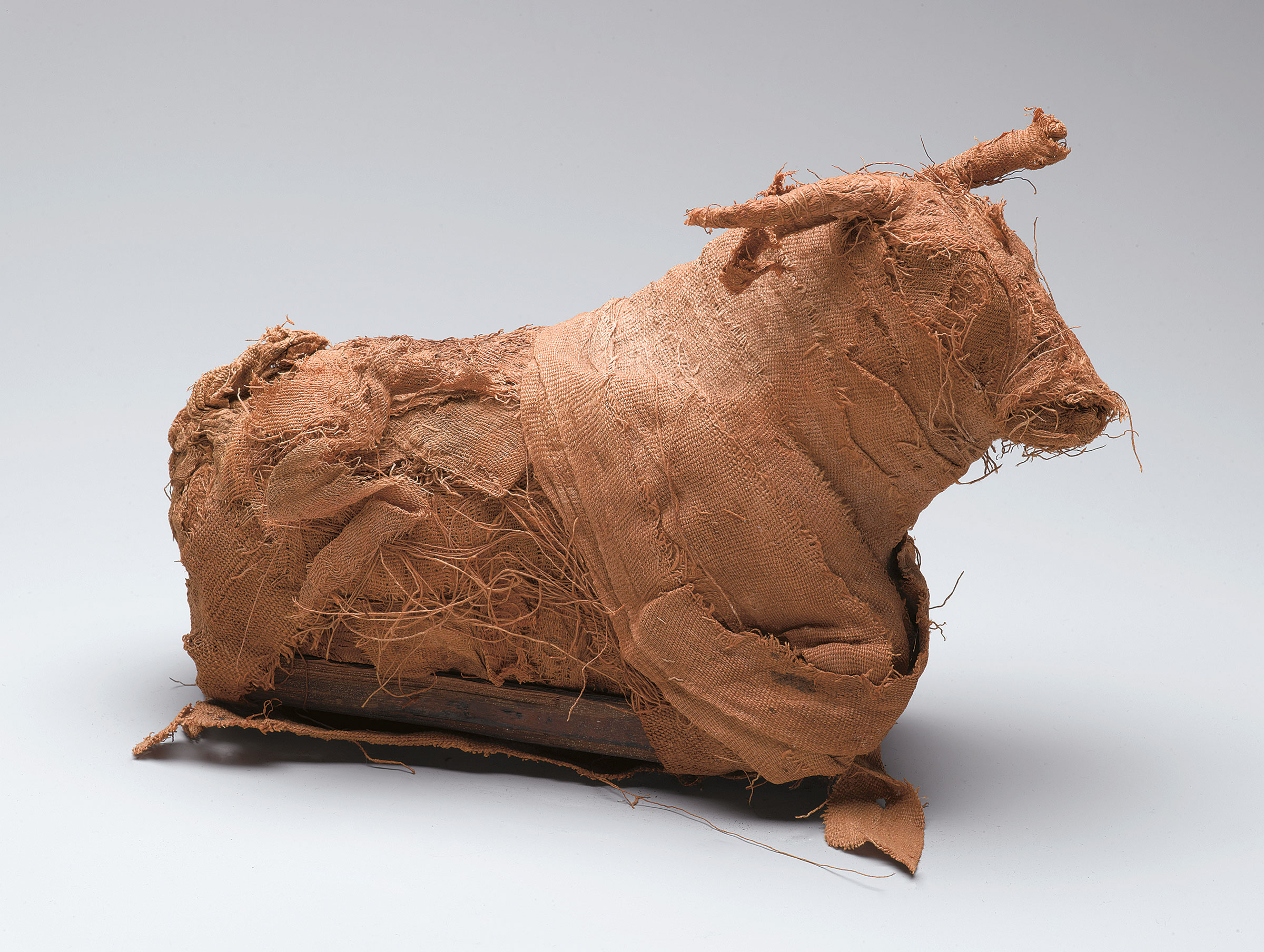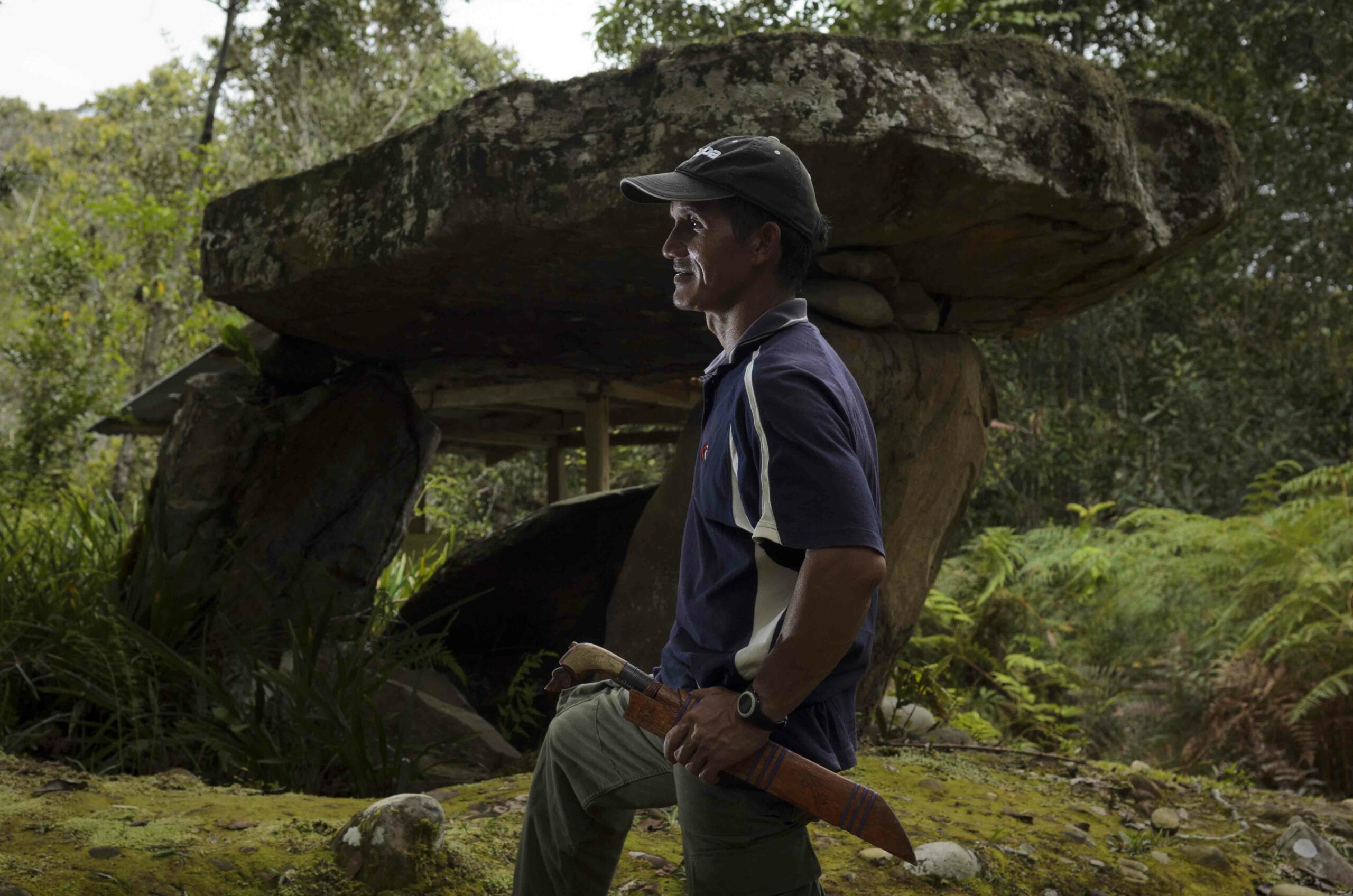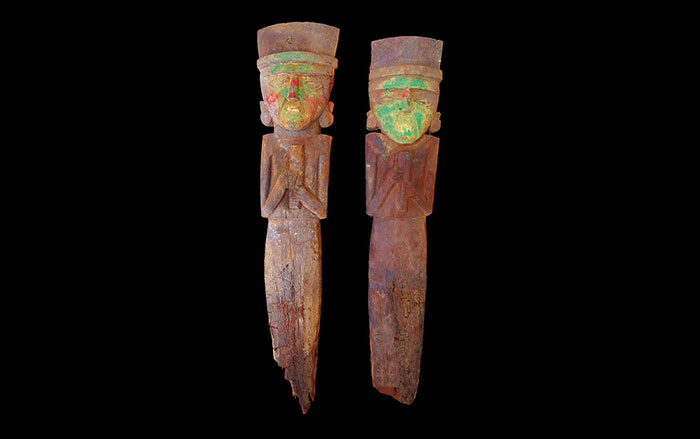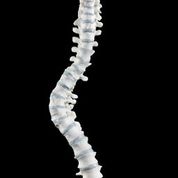
LEICESTER, ENGLAND—A 3-D model of the spine identified as belonging to Richard III shows strong evidence that the king suffered from scoliosis. His spine curved to the right and twisted to form a somewhat spiral shape, according to a report published in The Lancet by a team from the University of Cambridge, Loughborough University, and the University Hospitals of Leicester. This new analysis suggests that Richard III’s right shoulder would have been higher than his left, and his torso would have been relatively short compared to his arms and legs. His head and neck, however, would have been straight, and he probably did not have a limp. “His leg bones were normal and symmetric,” osteoarchaeologist Jo Appleby of the University of Leicester told Red Orbit. “The arthritis in the spine meant it could only be reconstructed in a specific way, meaning that we can get a very accurate idea of the shape of the curve,” she added. The scientists think that well-designed clothes and armor would have been able to mask the curvature.




